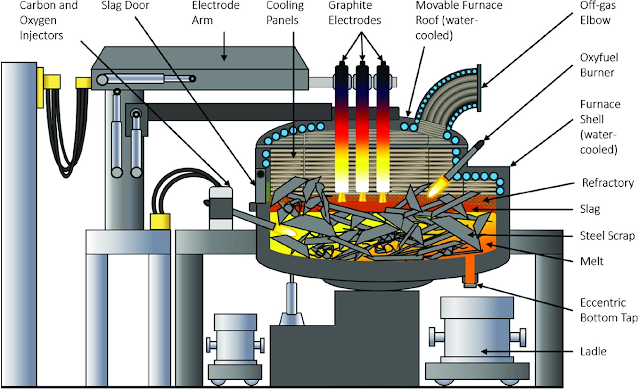What are the Features of Steel Shots, Compared with Aluminum Oxide Abrasives?
Steel shots and aluminum oxide abrasives such as brown fused aluminum oxide and white alox, could all be used for the surface treatment of steels. What are the features of steel shots, compared with aluminum oxide abrasives?
Particle Shape
Steel shots are round, while aluminum oxide abrasives are angular. Rounded abrasive particles of steel shots produce a peened surface, whereas angular or irregularly shaped abrasive particles of white fused alumina and brown aluminum oxide produce an etched or angular surface profile. Selecting the right particle shape to produce the required profile and texture for the job at hand can impact the productivity and performance of the coating applied.
Particle Weight
Different blasting abrasives have different densities. The density of blasting media directly affects impact performance. For a given impact velocity and particle shape, the weight (mass) of the particle determines the shape and the depth of the profile produced.
The density of steel shots is about 7.8g per cubic centimeter, and the density of aluminum oxide abrasives is about 3.9g per cubic centimeter. Because steel abrasives have approximately 1-1/2 to 2-1/2 times the density of nonmetallic abrasives, steel abrasives create more impact for a given particle size. Smaller steel abrasive particles will produce the same impact value as nonmetallic particles 1-1/2 to 2-1/2 times larger. With the smaller steel abrasive there are more abrasive particles impacting the surface per unit of time, which means faster cleaning rates.
Particle Size
Abrasive particle size influences two primary functions of blast cleaning, rate of cleaning and profile. Decreasing particle size may increase the cleaning rate because more particles impact the surface per unit of time. Increasing abrasive size may be necessary to increase the profile and/ or to remove heavy coatings.
Particle Hardness
It is generally believed that the harder an abrasive, the better it will perform on difficult-to-clean areas.
Aluminum oxide abrasives rank behind diamond and silicon carbide in terms of hardness. Its mosh hardness is as high as 9. It has the ability to provide a deep anchor pattern or etch in applications when surface preparation is critical, such as surface profiling for subsequent protective coatings.
Dust Generation
Metallic abrasives do not break down on impact like conventional nonmetallic abrasive products. Consequently, there is considerably less dust and waste generated during the blasting process. Low dust levels mean better visibility, faster cleaning, increased productivity, shorter clean-ups, saving time and labor, and disposal costs.



.jpg)








没有评论:
发表评论